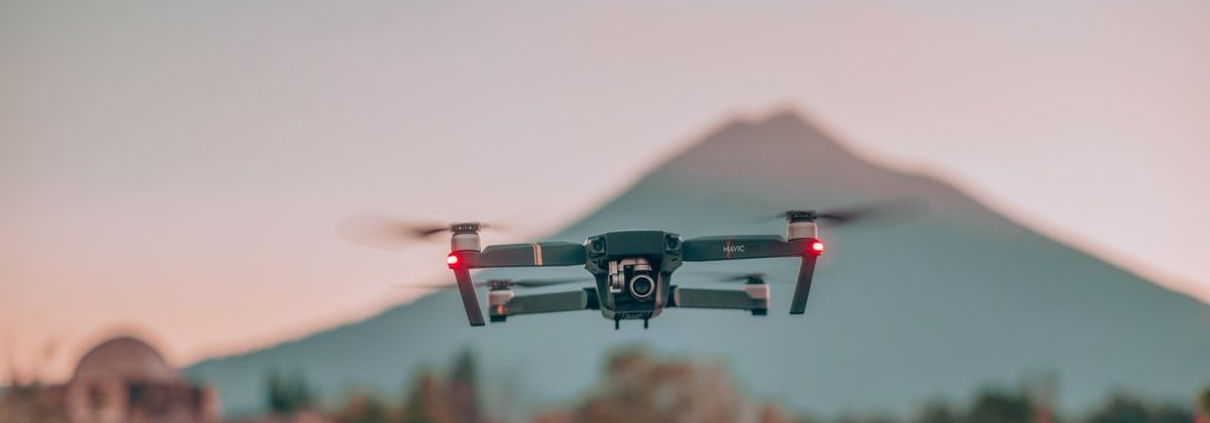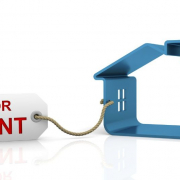Drones for Real Estate Photography and Appraisals
The Rise of Drones in the Canadian Real Estate Industry
Using drones for real estate photography is a topic that drew a lot of chatter in the early 2010’s as a hotly debated topic among real estate agents. First used to highlight luxury properties with state-of-the art video listings on real estate websites, the use of aerial drone photography and videography for real estate transactions is now commonplace.
Drones used for real estate photography can provide detailed data for everyone involved in the purchase or sale of a home or business. Seeing how useful aerial photography has been in creating real estate listings, real estate appraisers are now also beginning to see the value in adding drone technology to their toolkits.
With commercial drone use now legal in Canada, it’s worth considering whether drone photography and videography is also helpful for real estate appraisal inspections.
What is Drone Photography?
If you’re unfamiliar, drone photography is sometimes used to highlight the features of the surrounding landscape, neighbourhood and home exterior. This new perspective often helps real estate professionals show the property from a new perspective, making the most of its surroundings. Also known as UAS (Unmanned Aerial Systems), drones help build an impressive amount of information for real estate marketing and valuation.
Drones for Real Estate Photography and Appraisals – Four Key Benefits:
- Drones Can Capture a High Level of Detail
Drones can take sharp and clear photos, which are usually a much higher resolution than satellite images. The aerial footage allows for a higher level of detail, which lets an appraiser zero in on any potential issues to be addressed.
Drones can also capture amazing shots that other forms of aerial photography just don’t cover. Traditional aircraft like helicopters can’t fly in unpredictable weather, which is where drones come to the rescue. They’re also not restricted by the same height limits as normal planes, allowing them to get better shots.
- Drones Can Provide the Most Recent and Accurate View of a Property
When combined with old-fashioned boots on the ground, the use of a drone for real estate appraisals can upgrade a property inspection. Drones give you the ability to gather data that may not have been accessible before, due to conditions of the landscape, like steep or inaccessible terrain.
Land development, landscaping, paths, roads, parks, schools and other amenities nearby all contribute to a real estate appraisal. With the help of a drone, appraisers and other industry professionals can see all these features in an instant.
*What About Satellite Imagery?
Google Maps and other satellite imagery providers like Microsoft Bing only update about once every 1-3 years and sometimes 5+ years in rural areas. Plenty can happen in the development of a neighbourhood in a few short years. This is where using drones for up to date area photography comes in.
Current photos and videos let appraisers, lenders, realtors and sellers / owners get a real-time birdseye view of what exactly is happening on and around the property. This is especially useful for larger properties and acreages.
Seeing a property from above and being able to take still photos and videos of the topography and specific features will help paint a much clearer picture for everyone involved.
- Drones Provide Clients with Clear Evidence as to Why the Property Has Received a Particular Valuation
As a real estate appraiser, you want to be able to leave your client feeling completely confident in your findings of the valuation of their property. From time to time, clients are dissatisfied with a report and may want to contest the findings.
When you can provide clear photographic and video evidence to support your findings, it makes it so much easier for your client to understand and accept the valuation that’s been assigned to their property. The more information and detail you include on the report and the more you can show the lender and the owner / potential buyer, the better.
- Drones Can Be Safer for Harder to Access Areas
A high-quality drone used for real estate photography can be highly reliable for enhancing an appraisal inspection. It can access tight spots, investigate roofs, check the interior corners of an attic and more.
Most drones now have a live view available through its proprietary app on a phone, tablet or controller with video imaging. This live view lets you see exactly what the drone is shooting so you can choose the best flight path to keep it from colliding with trees, wires and people.
In addition to the live view, many new models have advanced automation and are developed with object detection and collision avoidance.
For instance, roofs can be difficult to access and awkward to navigate in any season. While a home appraiser or real estate agent isn’t required to go onto the roof, it’s important to know what kind of condition the roof is in. Rather than being left taking the client’s word for it or assuming the roof was replaced 10 years ago, flying a drone up and around the roof can locate any issues.
If there’s any water pooling, overhanging vegetation, excess debris and more, the drone can find it and record it instantly for the inspection report.
While the drone pilot maneuvers around the roof, appraisers and agents can be on the ground checking out the foundation.
Drones for Real Estate Photography and Property Appraisals: Things to Keep in Mind
- Any drone operator needs to apply for a Special Flight Operations Certification (SFOC) from Transport Canada.
- You will need to have at least $100,000 in liability insurance coverage. This helps cover you and your agency in case there is any personal or private or public property damage caused by the drone. This could be a drone flying into a power line, a drone interfering with aerial aircraft, a drone flying into a person, etc.
- You need to contact NAV Canada for drone flight planning 2-3 days before each flight. NAV Canada will need to know the planned coordinates, date, time, length of flight, maximum radius and maximum altitude. If the flight is in close distance to an airport, you may need to coordinate with the air control tower before and after the flight.
At D. Fritz Appraisals, our experienced team prides itself on accurate, comprehensive and professional property appraisals. We serve Southern and Central Vancouver Island, plus the Gulf Islands. If you’re looking to buy, divide assets, re-finance or sell, or would just like to know the current value of your property in this heated Vancouver Island real estate market, order your appraisal today or call (250) 413-7319.












